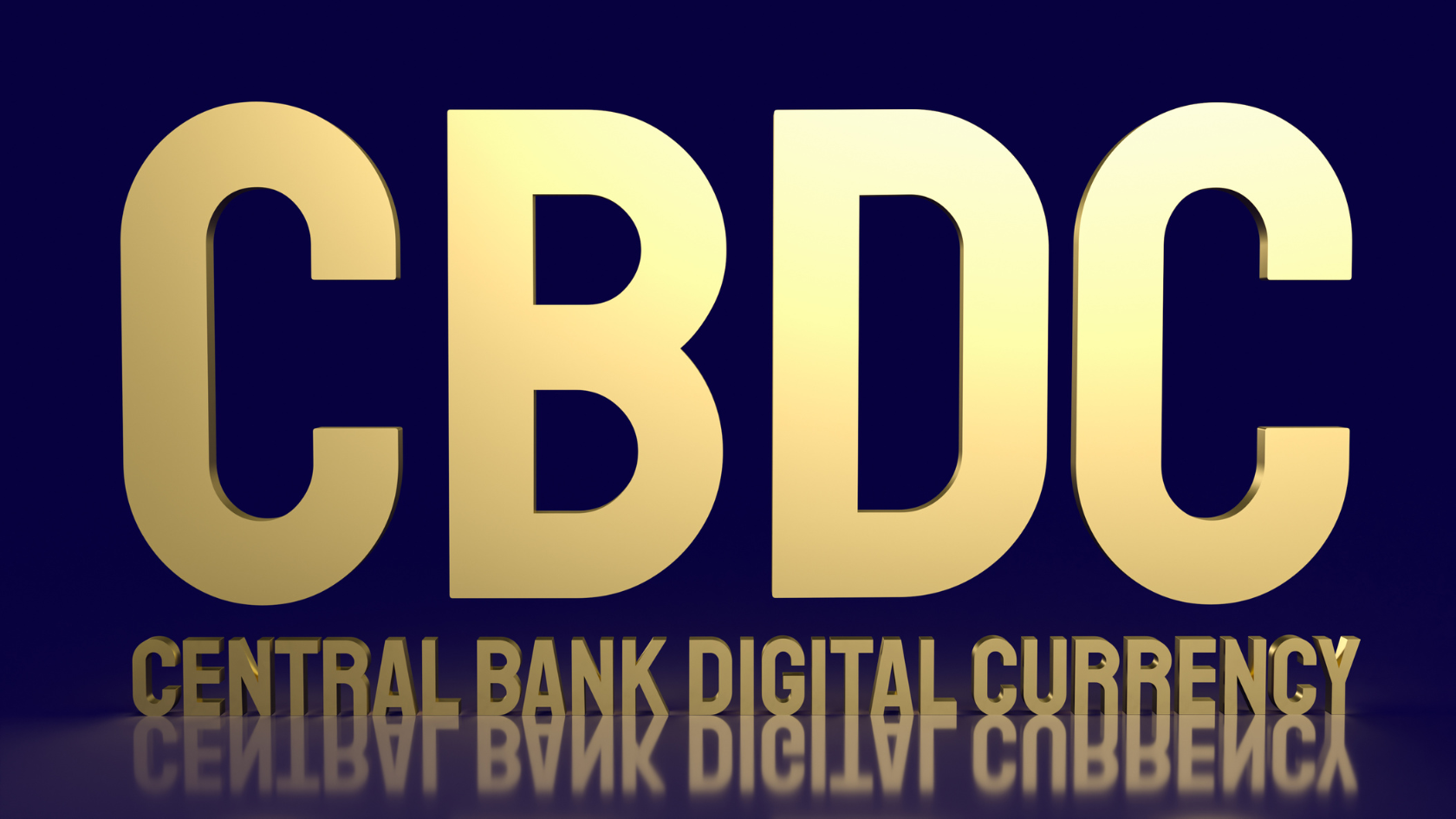
The world is quickly moving towards a digital-first future and digital currencies have become a global focus. Central Bank Digital Currencies (CBDC) are being adopted by many countries around the globe, but what is it and why does it matter? This article will explore the concept of CBDC in detail and uncover the potential it holds as a payment system.
What is a CBDC?
Central Bank Digital Currency (CBDC) is a digital representation of a country’s legal tender and is managed by the central bank of that country. It is a secure, digital form of money that can be used to make payments, store value, and facilitate transactions. It can be used to make real-time payments, as well as to facilitate financial inclusion and access to banking services.
CBDCs are different from other digital currencies such as Bitcoin, Ethereum, and Ripple, as they are backed by a central authority. This means that the central bank of a country is responsible for managing the supply and demand of the currency. This helps to ensure that the currency is reliable and secure.
CBDCs are also very different from traditional fiat currencies, as they are not printed on paper or coins. Instead, they exist as digital tokens on a distributed ledger. This ledger is maintained by the central bank and is used to keep track of all transactions made using the currency.
CBDCs are also designed to be more efficient and cost-effective than traditional currencies, as they eliminate the need for middlemen or third-party intermediaries. This helps to reduce costs and make payments faster and more secure.
The Evolution of CBDC
The concept of CBDC has been around for a while, but it has only recently gained traction. In 2016, the Bank of England first introduced the concept of CBDC and began researching the potential of this technology. Since then, there have been a number of other countries that have begun to consider the potential of CBDC, including the United States, Japan, and the European Union.
In recent years, CBDCs have gained a lot of attention due to the increasing popularity of cryptocurrencies. As more people become interested in digital currencies, governments and central banks are beginning to explore the potential of CBDCs as a way to provide a secure and reliable digital payment system within the current regulatory constructs.
Adoption of CBDC Across Different Countries
As the interest in CBDCs grows, more and more countries are beginning to explore their potential. Currently, 11 countries have issued CBDCs with another 100 countries planning to launch their own digital currency in 2023.
China was the first country to launch a CBDC by enabling foreigners to apply digital Yuan to submit passport data to the People’s Bank of China for the Olympics. The currency is currently being tested in a number of cities and is expected to be rolled out nationwide soon.
Sweden had began a multi-stage investigation into the possibilities of issuing an e-Krona in 2017 which included a pilot program that began in 2021. For 2023, Riksbank, the central bank entity responsible for the research into e-Krona, will continue to perform studies and research into a CBDC program and will continue its dialogue with different authorities on the market.
Japan is another country that explored the launch of a digital yen. Though the governor of the Bank of Japan (BOJ) disclosed that they will not issue a digital currency, the BOJ will continue “to carefully consider the expected roles of central bank money” in people’s lives.
The first CBDC to become widely accessible is from the Bahamas with their own digital currency called the Sand Dollar.
The Regulatory Framework of CBDC
Before any country can launch a CBDC, it must ensure that the currency is compliant with its existing laws and regulations. This means that the currency must be secure and meet certain standards of anti-money laundering (AML) and know-your-customer (KYC) regulations.
In order to ensure that the currency meets these standards, countries must have a regulatory framework in place. This framework should include rules and regulations regarding the issuance, circulation, and use of the currency, as well as measures to ensure the security and privacy of the currency.
Benefits of CBDC
CBDCs offer a number of benefits over traditional fiat currencies. Some of these benefits include:
-
- Increased efficiency: CBDCs are designed to be more efficient than traditional fiat currencies, as they eliminate the need for middlemen or third-party intermediaries. This helps to reduce costs and make payments faster and more secure.
- Financial inclusion: CBDCs can help to promote financial inclusion, by allowing people who do not have access to traditional banking services to participate in the digital economy.
- Accessibility: CBDCs can be accessed from anywhere in the world, as long as the user has an internet connection. This makes them accessible to people who may not have access to traditional banking services.
- Security: CBDCs are more secure than traditional fiat currencies, as they are stored on a distributed ledger that is maintained by the central bank. This helps to ensure that the currency is reliable and secure.
Challenges and Limitations of CBDC
While there are many potential benefits of CBDCs, there are also some challenges and limitations which include:
-
- Regulatory uncertainty: As CBDCs are a relatively new technology, there is still a lot of regulatory uncertainty surrounding them. This means that there is still a lack of clarity on how the currency should be regulated.
- Privacy: As CBDCs are managed by a central authority, there is a risk that the currency could be used to track people’s spending habits and financial activity. This could lead to a lack of privacy for users.
- Lack of adoption: As CBDCs are still relatively new, there is still a lack of adoption. This means that it may take some time before the currency is widely accepted and used.
Different Types of CBDC
There are two main types of CBDCs: retail and wholesale. Retail CBDCs are designed for general public use, while wholesale CBDCs are designed for use by financial institutions.
Retail CBDCs are designed to be used by individuals and businesses for making payments, storing value, and facilitating transactions. These currencies are typically central bank-issued and are accessible to the general public.
Wholesale CBDCs, on the other hand, are designed for use by financial institutions such as banks and other financial service providers. These currencies are typically issued by the central bank and are used to facilitate interbank payments, facilitate transactions between banks, and settle trades.
Innovative use-cases of CBDC
CBDCs have the potential to be used in a number of innovative ways. These include:
-
- Cross-border payments: CBDCs can be used for making cross-border payments, which can help to reduce friction and costs associated with traditional payment methods.
- Smart contracts: CBDCs can be used to facilitate smart contracts, which can enable the automatic execution of transactions between parties.
- Machine-to-machine payments: CBDCs can be used to facilitate machine-to-machine payments, which can be used in a variety of different applications, such as the Internet of Things (IoT).
- Digital identity: CBDCs can be used to create digital identities, which can be used to verify and authenticate users for different purposes, such as banking and e-commerce.
Potential Impact of CBDCs
The potential impact of CBDCs is still unknown, but it is clear that the technology has the potential to revolutionize the way we make payments and transfer value.
CBDCs could help to reduce costs and make payments faster and more secure. They could also help to promote financial inclusion, as they can be used by people who do not have access to traditional banking services.
In addition, CBDCs could have a positive impact on the environment, as they could help to reduce the need for physical cash, which requires a lot of energy and resources to produce.
CBDCs have the potential to revolutionize the way we make payments and transfer value. They are more secure and efficient than traditional fiat currencies and can help to reduce costs and facilitate financial inclusion.
While there are still some challenges and limitations to be addressed, the potential of CBDCs is clear. As more countries explore the potential of this technology, we can expect to see more innovative use-cases and a greater adoption of CBDCs in the future.
CBDCs are a revolutionary technology, and it will be interesting to see how they evolve in the coming years. As the world moves towards a digital-first future, CBDCs will play an important role in our financial system.




